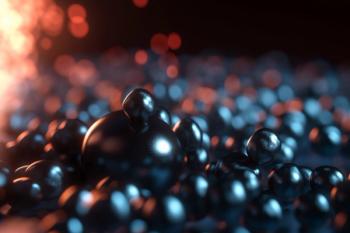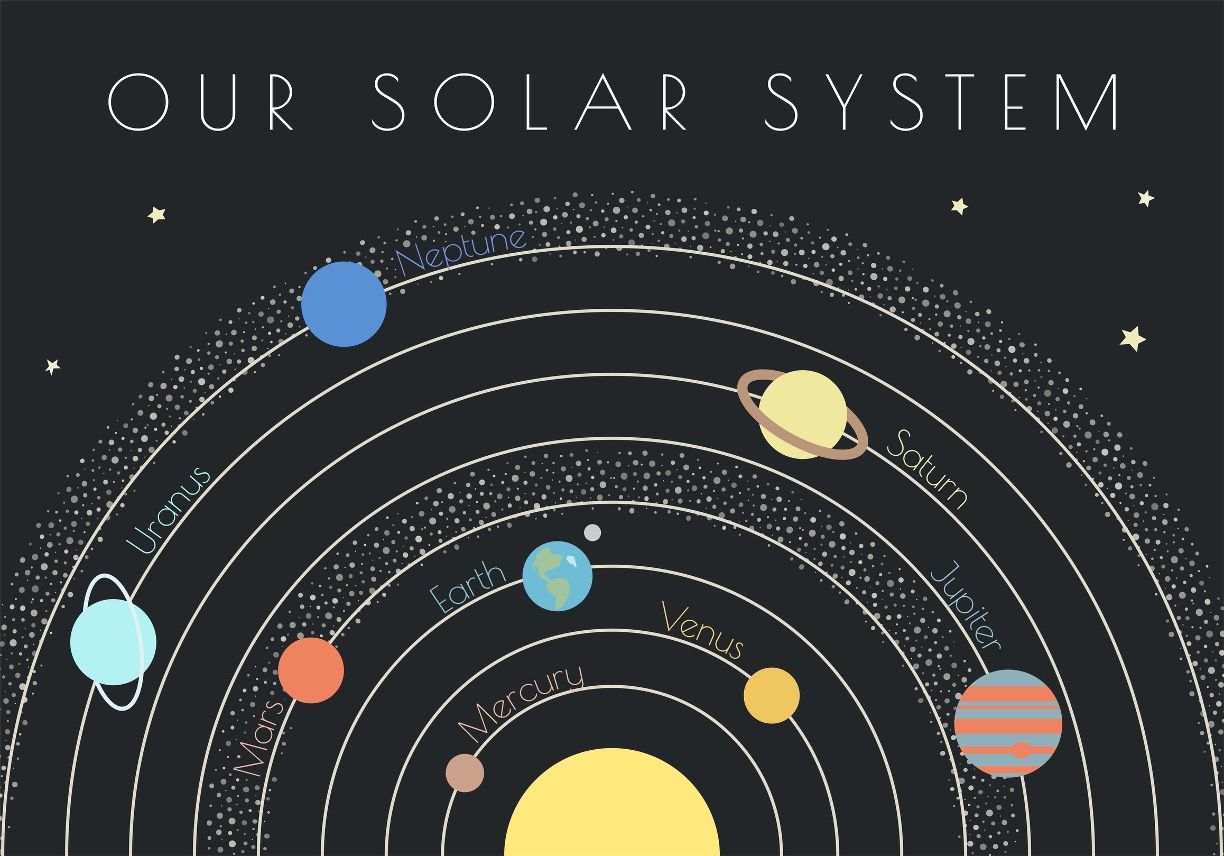
X-ray Analysis
Latest News

In this edition of “Inside the Laboratory,” Maryam Shakiba and Santiago Marin of the University of Colorado Boulder discuss the findings of their latest paper, which provides a predictive framework for understanding and forecasting long-term thermo-oxidative degradation in polyimides.

Martian Clues in the Canadian Arctic: Arctic Gossans Offer New Window into Past Life on Mars
Latest Videos
More News

A recent study published in the Journal of Archaeological Science: Reports reveals that a multi-headed snake motif at Argentina's La Candelaria rock shelter was created through multiple painting events over time.

Researchers from Kannur University and Anand Niketan College have developed Dy³⁺-doped TiO₂ nanoparticles with unique luminescent properties using a novel solvothermal method.

Researchers from the University of Nevada, Reno, have conducted the most comprehensive subsurface analysis of Hawaiian shield basalts to date, using advanced spectroscopic and geochemical techniques to reveal short-lived hydrothermal alteration processes and establish a new foundation for future volcanic and geothermal studies.

The Perseverance rover is equipped with many cameras and different instruments to conduct scientific experiments on Mars, including several spectrometers. We describe some of them here.

A leading-edge review led by researchers at Oak Ridge National Laboratory and MIT explores how artificial intelligence is revolutionizing the study of molecular vibrations and phonon dynamics. From infrared and Raman spectroscopy to neutron and X-ray scattering, AI is transforming how scientists interpret vibrational spectra and predict material behaviors.

A new study recently demonstrated how micro-PIXE spectroscopy can effectively trace the elemental sources of air pollution in urban and indoor environments in India.

Researchers have demonstrated that heat treatment significantly enhances the corrosion resistance of additively manufactured TC4 titanium alloy by transforming its microstructure, offering valuable insights for aerospace applications.

This research investigates the application of laser-induced breakdown spectroscopy (LIBS) and machine learning (ML) for detecting elemental composition of food, using rice as an example.

University of Granada researchers compared different methods and their effectiveness in classifying ink found in historical documents.

A new approach to analyzing bituminous coals was created using Fourier transform infrared spectroscopy.

With Pittcon 2025 officially beginning, here are some notable upcoming workshops based around the advancement of spectroscopy.

Spectroscopy recently sat down with Dr. Geraldine Monjardez and two of her coauthors, Dr. Christopher Zall and Dr. Jared Estevanes, to discuss their most recent study, which examined the crystal structure of ammonium nitrate (AN) following exposure to explosive events.

In recent years, advances in X-ray optics and detectors have enabled the commercialization of laboratory μXRF spectrometers with spot sizes of ~3 to 30 μm that are suitable for routine imaging of element localization, which was previously only available with scanning electron microscopy (SEM-EDS). This new technique opens a variety of new μXRF applications in the food and agricultural sciences, which have the potential to provide researchers with valuable data that can enhance food safety, improve product consistency, and refine our understanding of the mechanisms of elemental uptake and homeostasis in agricultural crops. This month’s column takes a more detailed look at some of those application areas.

HSI is widely applied in fields such as remote sensing, environmental analysis, medicine, pharmaceuticals, forensics, material science, agriculture, and food science, driving advancements in research, development, and quality control.

The following is a summary of selected articles published recently in Spectroscopy on the subject of handheld, portable, and wearable spectrometers representing a variety of analytical techniques and applications. Here we take a closer look at the ever shrinking world of spectroscopy devices and how they are used. As spectrometers progress from bulky lab instruments to compact, portable, and even wearable devices, the future of spectroscopy is transforming dramatically. These advancements enable real-time, on-site analysis across diverse industries, from healthcare to environmental monitoring. This summary article explores cutting-edge developments in miniaturized spectrometers and their expanding range of practical applications.

A new study published in the Journal of the European Ceramic Society introduces three XPS methodologies for accurately quantifying oxygen vacancies in metal oxides, challenging traditional misinterpretations and advancing material science research.

Microplastics (MPs) and nanoplastics (NPs) are emerging contaminants requiring robust analytical techniques for identification and quantification in diverse environmental and biological matrices. This review highlights various spectroscopy methods, such as Raman, FT-IR, NIR, ICP-MS, Fluorescence, X-ray, and NMR detailing their methodologies, sample handling, and applications for characterizing MPs and NPs.

A recent study by researchers at the University of Porto demonstrates the potential of handheld X-ray fluorescence spectrometers to analyze cigarette ash, providing a new method for forensic investigation. This non-destructive technique can differentiate between various tobacco brands based on the elemental composition of their ash.

A recent review article examines the historical progression of analytical techniques in geochemical sciences, including X-ray fluorescence (XRF).

Spectroscopic analytical techniques are crucial for the analysis of agricultural products. This review emphasizes the latest advancements in several key spectroscopic methods, including atomic, vibrational, molecular, electronic, and X-ray techniques. The applications of these analytical methods in detecting important quality parameters, adulteration, insects and rodent infestation, ripening, and other essential applications are discussed.

Spectroscopic analytical techniques are crucial for the analysis of processed foods and beverages. This review article emphasizes the latest advancements in several key spectroscopic methods, including atomic, vibrational, molecular, electronic, and X-ray techniques. The applications of these analytical methods in detecting quality, contaminants, and adulteration applications are thoroughly discussed.

A recent study introduced a new scanning X-ray fluorescence (MA-XRF) scanner that improves analysis of cultural heritage artifacts.

A recent study used fiber optics reflectance spectroscopy (FORS), X-ray fluorescence (XRF) spectroscopy, and Raman spectroscopy to characterize a painted shroud wrapped around a female Egyptian mummy.

A recent study from Cork, Ireland, used x-ray fluorescence to study three Irish chalices to learn more about Irish history and art.

Spectroscopic analytical techniques are crucial for the analysis of environmental samples. This review emphasizes the latest advancements in several key spectroscopic methods, including atomic, vibrational, molecular, electronic, and X-ray techniques. The applications of these analytical methods in detecting contaminants and other environmental applications are thoroughly discussed.





